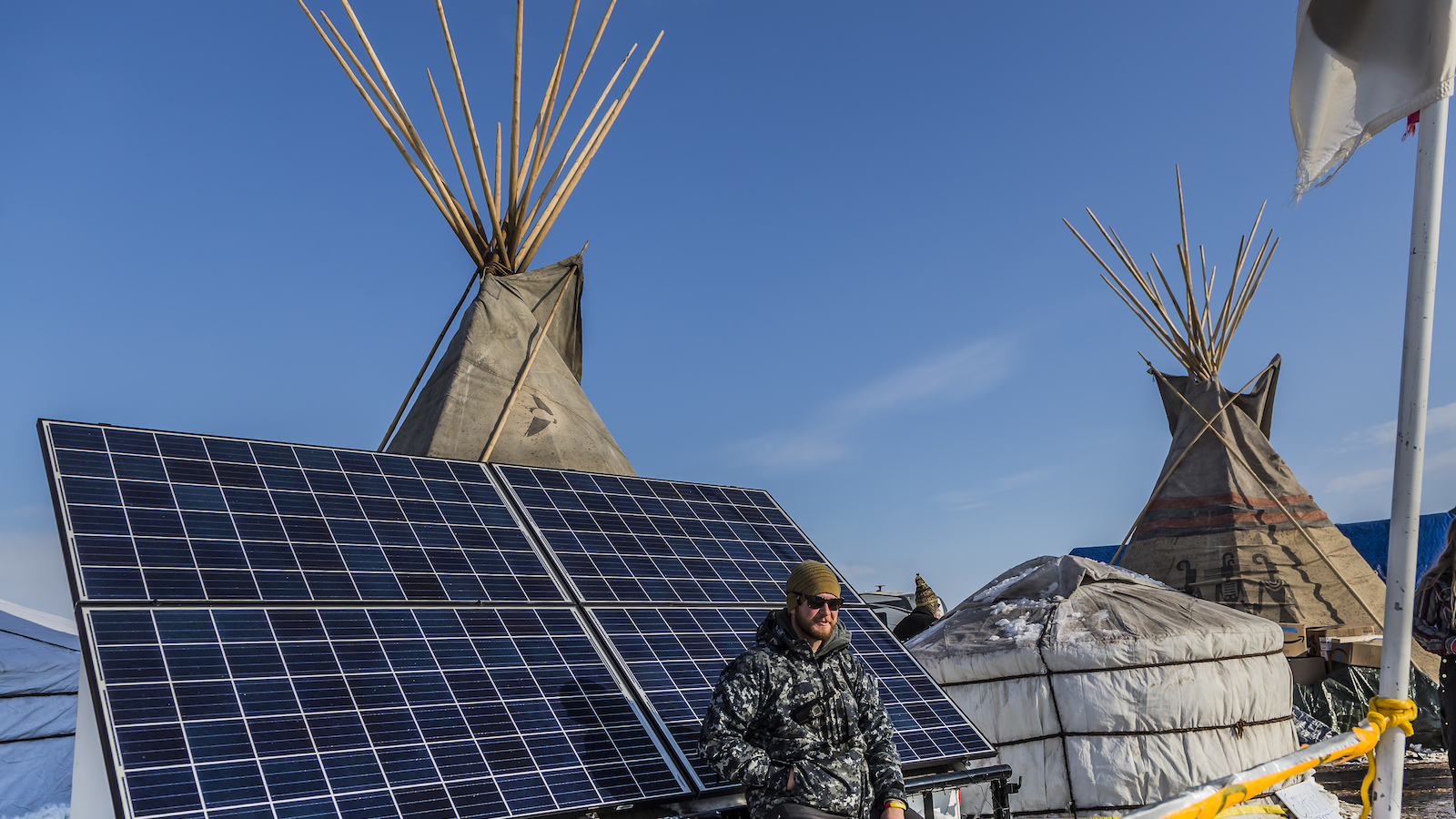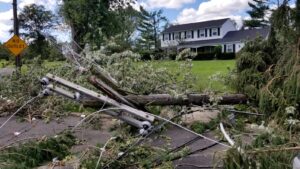
When it comes to a green future, money is not everything.
In the case of indigenous peoples, there must also be a range of support and cultural understanding.
That’s according to Kimberly Yazzie, a Diné researcher in ecology at Stanford University, who has seen how indigenous communities have been disadvantaged in the race to establish wind, solar and mining projects.
“There is this history of tribes not getting a fair deal, and so this history needs to be addressed,” she said. “There is work to be done.”
As lead author in an article published this week in Scienceoutlined ways indigenous peoples can move forward on the journey to save the planet.
Many green projects over the last few years have been criticized for not including tribes in important decisions that affect or even destroy ancestral land.
Yazzie warned that building a fair and equitable energy future will require relationship building, research and consultation. This can take time, she admitted, and while it is not a luxury many people feel, it is essential so that mistakes of the past are not repeated.
“To go fast, start slow,” she said.
The three major takeaways from the paper include: flexible application deadlines, equal access to updated and accurate information, and resources to build stronger infrastructure within tribes for projects. Since 2021, federal money has been available for tribal renewable energy projects — an amount now at approx $14 billion dollars — and Yazzie hopes the paper can help tribes access those dollars.
Tight deadlines, for example, can exclude tribes from funding because of how long it takes to identify resources, secure other funding sources, and adjust competing applications. The paper calls for continuous deadlines, and specifically mentions the Tribal Energy Loan Guarantee Program as an example of how many applications should be accepting applications at any time.
A second solution includes increasing access to updated and accurate information for green energy projects in the tribe. Although the federal government have a database, it can be difficult to find government or private information. One solution could be a database updated with funding sources, not just from federal programs but philanthropic organizations, with funding amounts and requirements clearly outlined for easy reference. Or with readily available technical information or experts to answer nuts-and-bolts type questions about solar and electrical projects.
Clara Pratte is a Diné researcher and a tribal government consultant. She is a co-author on the paper and said that having a more effective way of sharing information is very important.
“There is no best practice guide on how to manage projects like this,” she said. “And at the end of the day, we want better, more thoughtful, culturally competent development to happen on tribal lands.”
It is also important that funding goes to the people on the ground and not just to the project, a way to make sure tribal members are involved. Specifically, Pratte said the role of “tribal energy champions” can make or break an idea. These are tribal members who stick with a given effort through the very early stages to its completion, and can pool information and resources from other tribal energy projects.
Pratte said that this work would ideally be done by tribal members who have cultural knowledge valuable to the ethical development of these projects.
“Just because it’s ‘green’ doesn’t mean it’s going to be done in a thoughtful way, so I think tribes and tribal people really need to be at the forefront of defining what that process looks like,” she said.
Yazzie said she also wants to take a closer look at the future, especially when the Biden administration’s financial support ends.
“I think a question we’re going to have to ask ourselves is what are we going to do when that administration changes and when funding programs run out,” she said.






